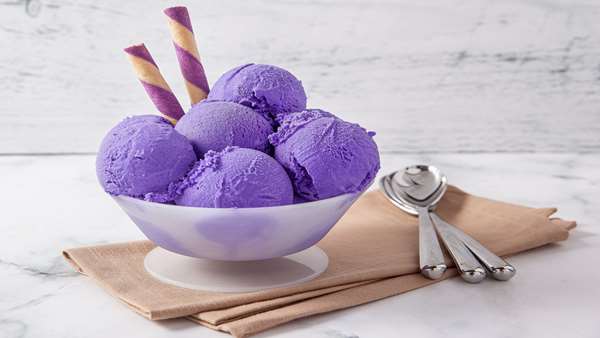Ice-cream used as cryotherapy during high-dose melphalan conditioning reduces oral mucositis after autologous hematopoietic stem cell transplantation
ral mucositis (OM) is one of the most frequent adverse events of high-dose conditioning chemotherapy with melphalan prior to autologous hematopoietic stem cell transplantation (AHSCT). It significantly reduces the patients’ quality of life. One of the preventive strategies for OM is cryotherapy. We retrospectively analyzed whether commercially available ice-cream could prevent OM during the melphalan infusion. We retrospectively analyzed 74 patients after AHSCT to see whether there is any correlation between OM and cryotherapy (ice-cream), melphalan dose (140 mg/m2 or 200 mg/m2). The incidence of OM in our study inversely correlated with cryotherapy in the form of ice-cream. Out of 74 patients receiving conditioning chemotherapy with high-dose melphalan, 52 received cryotherapy. Fifteen patients in the cryotherapy group (28.84%) developed OM, whereas 13 patients (59.09%) developed it in the group without cryotherapy. In a multiple linear regression test cryotherapy remained a significant protective factor against OM (p = 0.02) We have also seen the relationship between melphalan dose with OM (p < 0.005). Cryotherapy in the form of ice-cream is associated with a lower rate of OM and, therefore, could potentially be used as a cost-effective, less burdensome, and easy to implement method in prevention of oral mucositis.
Autologous hematopoietic stem cell transplantation (AHSCT) is part of standard therapy in patients with multiple myeloma, amyloidosis, systemic sclerosis or POEMS syndrome1,2. Due to the use of high-dose of conditioning chemotherapy regimens, patients experience a wide variety of toxicities. Oral mucositis (OM) is one of the most common side effects of this treatment, and is reported by patients as the most deteriorating and decreasing the quality of life3. The OM often causes the need for parenteral nutrition but also increases the risk of bacterial translocation and sepsis during cytopenia4. In the most severe cases it may require parenteral opioids to relieve the patients’ pain what is associated with the risk of adverse events5,6. One of the strategies used to prevent OM is cryoprotection7. Typical cryoprotection protocols entail prolonged use of ice chips or ice cubes, which are not well received by patients8. While this approach is effective9, it is still not widely applied in transplantation centers. The mechanism of ice chips' action is vasoconstriction, which stops the inflammation in the region of the oral cavity mucosa and reduces the contact of toxic drugs with the mucous layer10. The AHSCT in multiple myeloma might be a spot-on indication for cryotherapy as melphalan used as a standard conditioning regimen has a short half time and thus, the maximal toxicity is limited to the few hours after the start of infusion. In fact, it has been proven that cryotherapy during high-dose melphalan administration effectively reduces incidence and severity of OM in patients undergoing AHSCT8,11. However due to long time of melphalan infusion, some patients complain of a cold sensation and stop the use of ice chips before infusion ends8.
Another, more patient-friendly and easy to comply approach to cryotherapy deployed by some centers is the use of ice cream. This is especially common in pediatric centers. Surprisingly, we could not identify in literature searches any references that could provide evidence that this procedure lowers the chances for oral mucositis in adult patients receiving chemotherapy.
In our work, we analyzed the impact of consuming commercially available ice-cream during the melphalan infusion on mucositis after the AHSCT.




ارسال به دوستان